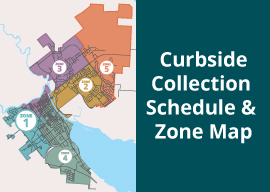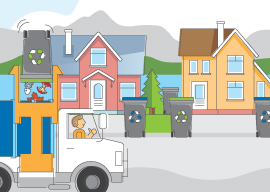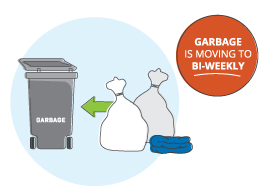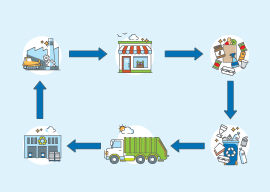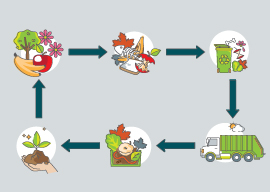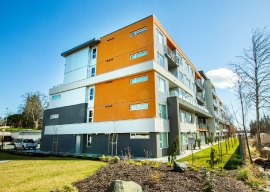Solid waste collection
The City of Courtenay provides residential curbside collection for garbage, recycling and organics. The City is committed to reducing the volume of waste sent to the Comox Strathcona Waste Management (CSWM) landfill by diverting collected materials through the recycling and organics collection programs.
